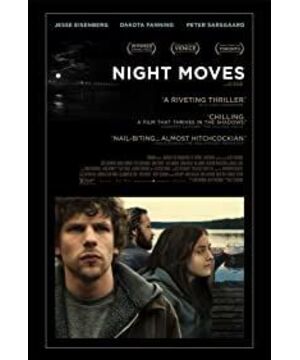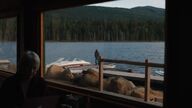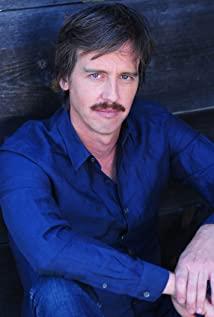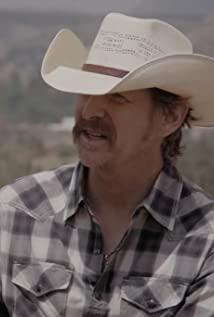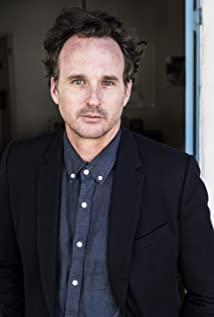The director still stands his ground: shunning pandering to the audience. So there are two ways to make mainstream audiences hate/stay away from the film: one is to avoid drama. One is to avoid character development. The first half of the film describes the three people preparing to blow up the dam, and the second half describes the consequences of the explosion accidentally killing people. The expectations of mainstream audiences for the first half of the film are dramatic. As a result, the director has been letting the audience gradually understand the ultimate purpose of the action of the three in their doubts. Although it is detailed, the explosion scene that should be the climax has been omitted. For the second half of the film, the audience's expectation is to understand the motives of the characters, the consequences of the logic of their actions, and the emotional satisfaction that usually needs to be rewarded for good and evil, but the director did not give it at all, the expressionless male. The protagonist kills the heroine and then applies for a new job as if nothing had happened. The two actors closed off their own emotions and even words, so that the audience could not substitute, empathize, and understand.
Director Kelly Leichard's works always focus on people in specific situations. In her works, there is no generalized, holistic person who faces universal problems, but always a specific, unique, An individual surrounded by a bunch of concrete and tiny details. And this individual usually makes unusual and intriguing actions to solve the problems she faces. Most ordinary people take life for granted, believe in rigid cause-and-effect relationships, and rely on so-called life experience. In fact, everyone has unexpected situations in their lives, and it is we ourselves who are always rationalizing all unreasonable encounters. The director doesn't want to repeat the mundane life experience. She can let the story run aground at any time, reminding the audience with questions and unanswered questions: What's wrong? what can I do? How did things come to this?
It's easy to think of this film that the director seems intent on criticizing environmentalists for a noble purpose, but resorts to illegal violence; wearing the banner of justice, but with human blood on his hands. But environmental issues are not the subject of the film. The more likely reason is that she chooses "extremely right" and "extremely wrong" situations to deal with the characters. Who can accept that a male protagonist who loves animals and plants, practices a healthy, green and organic life, and wants to protect the earth and human beings will be a murderer? But he was indeed a murderer, and he killed more than one. Through these two extreme situations, the film shows how easily the line between great good and great evil can be crossed.
The slow pace of the film removes all possible plot tension, which some see as a technical flaw, or a deliberate act by the director, who leaves room for the audience to find their moral stance in the dull and depressing plot. The hero and heroine both lead ordinary lives at the beginning of the story, ask "what can we do?" after watching an environmental documentary, and make the wrong choice to take radical violence. This strong moral impulse to be inspired happens to everyone. The blood-drenched man decides to use unjust means to serve a just purpose. It is this moral emotion that has reached its peak that blurs the boundaries between good and evil. In the dark night and lake images laid out by the director, the audience may wonder whether human beings can avoid being manipulated by moral impulses and become a cold-blooded enforcer when a similar situation occurs next time.
The first kill was unintentional, an unfortunate accident that could have been avoided in the execution of their noble mission. And the second kill was almost instinctive. It is an instinctive reaction of human beings to give up when faced with unfavorable situations beyond their control, out of self-protection. Few people can control this animal instinct to avoid harming themselves. Rather than thinking that the director is borrowing the film to criticize extreme environmentalists, it is better to say that the director aims to reveal the dark side of morality. Under the oppression of another kind of morality, in the face of the instinctive reaction of human beings, morality is vulnerable. Even if there is morality as a measure, human beings will fall into boundless darkness because of moral behavior.
Environmental protection has been hot for a long time in recent decades. It is inevitably international and has evolved into a highly political topic. The director's attitude towards environmental protection has yet to be determined, but as long as she is a literary and artistic worker, she should be a leftist with a high probability and always vote for the Democratic Party. It's hard to believe that a leftist would criticize environmentalists. Judging from the director's consistent creative attitude, she may not want to directly deal with such a lively issue. She is always evasive, roundabout, and uses simple and specific details to let people know the details. However, the film does present an aspect of radical environmentalism. In the current American social atmosphere, it seems unlikely that there will be such a film that dares to be extremely "politically incorrect" in the eyes of Americans.
View more about Night Moves reviews


